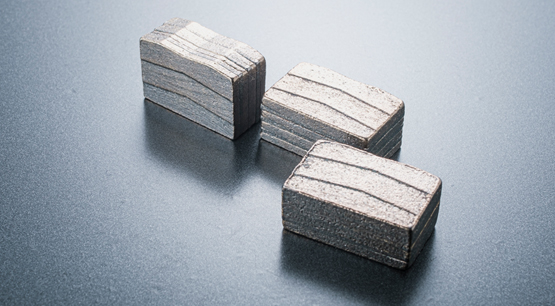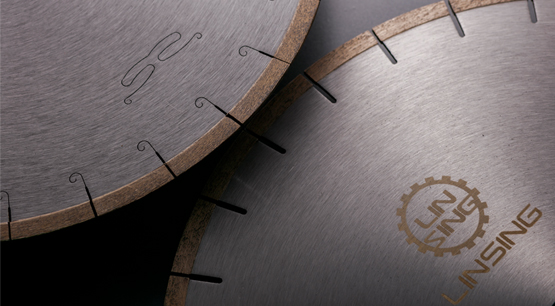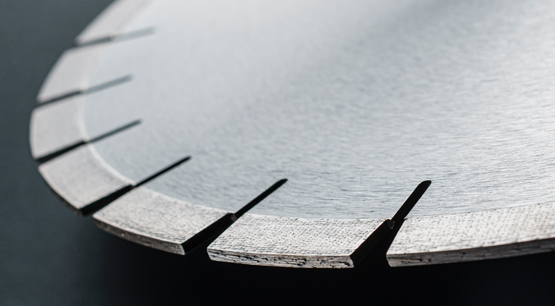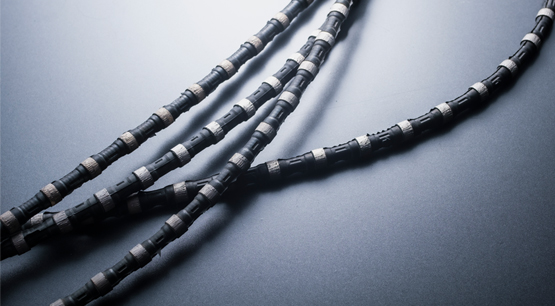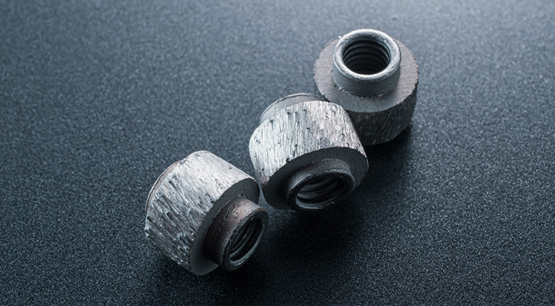The quarrying rubber wire saw will encounter the following problems during the cutting process:
Serial number | Common problems | Cause Analysis | Measurements |
1 | rope-breaking | (①The connector comes out: 1. the connector does not match; 2. crimping of the dies are improper (repeated or not fastened); 3. the die is deformed; 4. the joint is severely worn or fatigued; 5. the tension of the wire saw is too large (because of high current). | ① Crimp die standard and dock interface according to the requirements; |
②The wire rope is broken.Because the rubber is damaged (the wire rope seeps and rusts), or the wire rope is exposed at the butt joint, or the wire saw shakes violently. | ② Regularly check the joints and die, and replace them in time; | ||
③ Adjust the wire saw cutting process; | |||
④ If the flywheel or guide wheel rubber pad is damaged, replace it in time; | |||
⑤Improve the quality of rubber bonding | |||
2 | 0.2mm)Partial wear (thickness difference ≥ 0.2mm) | ①The number of twist turns is not enough; | ①Cut down the joints and re-preload the wire saw again, and increase the number of turns appropriately; |
② The tension is too large; | ② Reduce the feed current to reduce the tension; | ||
③Line speed is too low. | ③ Properly increase the line speed; | ||
3 | Beading loose and moving | ①Beads are loosened by abnormal external force (caused by stones, pressed, and injured when the rope is broken); | ① Standardize the cutting process of the wire saw, and check the wire saw regularly (the inspection record sheet can be provided); |
②The wire saw lacks water and heats up, causing the rubber to soften; | ②Ensure that the cooling water is sufficient; | ||
③ Rubber bonding and holding force for beads are poor; | ③ Improve product rubber properties (manufacturing process, materials, etc.). | ||
4 | Large bead taper (diameter difference between front and rear ends ≥ 0.2mm) | ①The current is too large, and the feed amount is too large; | ①Reduce the feed current; |
②The cutting line speed is low; | ② Appropriately increase the line speed; | ||
③The cutting direction is wrong. | ③ Adjust the wire saw diamond edge direction to be consistent with the cutting direction. | ||
5 | Polishing, slipping and cutting | ①The line speed is too high when cutting; | ① Appropriately reduce the line speed; |
②The amount of cooling water is too large; | ②Reduce the amount of cooling water or effective drainage; | ||
③ The wire saw has poor opening effect; | ③Insufficient opening of new rope or insufficient sharpening; | ||
④The adaptability of carcass and stone cutting is poor. | ④Adjust the formula or select products with suitable specifications. | ||
6 | (The wire saw is stuck) | ①The connection of the rope is unreasonable, and the deviation of the diameter of the wire saw is too large; | ① The diameter of the steel rope and beads are required to be the same (or close to the same); |
②The saw slot is not cleaned up, and the wire saw is stuck by the gravel; | ② Clean the saw slot thoroughly, and pay attention to preventing other gravel from falling; | ||
③ During the sawing process, the ore body is squeezed by stress, resulting in jamming. | ③ During the sawing process, wedges should be used to support the ore body in the saw seam. | ||
7 | not enough life | ①The sawing area is small, especially the opening width is small and the cutting arc is large; | ① During mining planning, select and formulate a reasonable mining area according to the working conditions; |
②The beads are not evenly worn, such as partial wear, taper, etc.; | ②Operate normatively to avoid uneven wear; | ||
③ The wire saw frequently ends up, which increases wear and tear; | ③The old rope replaces the ending; | ||
④ Cut to the metal or the cutter head (missing the saw seam); | ④ When cleaning the saw seam, make sure that there is no metal or blade left behind; | ||
⑤The cut objects do not match with the wire saw. | ⑤Choose products with suitable formula or specifications. |
In general, wire saws will encounter some problems in the cutting process, but most of them can be solved through careful inspection, careful observation, and analysis of the cause of the problem.




